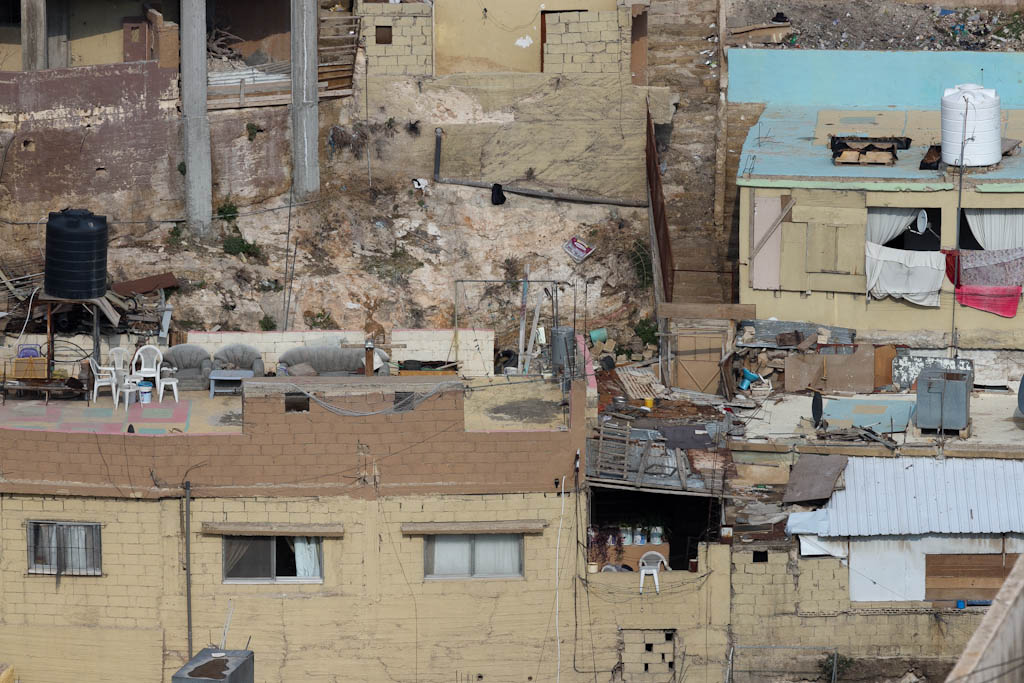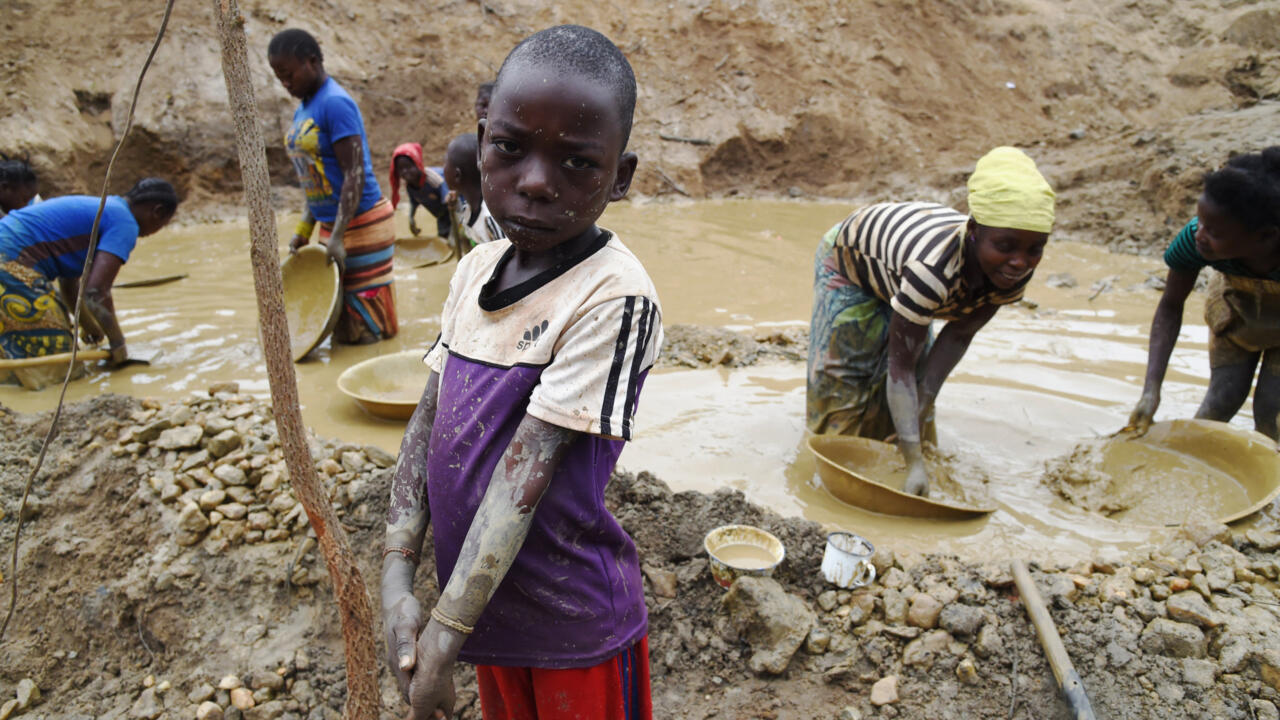Food Insecurity and Poverty in Jordan – The Borgen Project

Report on Food Security and Poverty Alleviation in Jordan: A Sustainable Development Goals Perspective
1.0 Introduction: Interlinkages Between SDG 1 and SDG 2
Food security and poverty alleviation in the Hashemite Kingdom of Jordan are intrinsically linked, presenting significant challenges to the achievement of Sustainable Development Goal 1 (No Poverty) and Sustainable Development Goal 2 (Zero Hunger). Limited access to nutritious food exacerbates economic hardship, creating a cycle of vulnerability. This report outlines the current situation, national strategies, and non-governmental interventions aimed at addressing these challenges through the lens of the SDGs.
2.0 Analysis of Current Challenges
2.1 Poverty and Food Insecurity Among Vulnerable Populations
Recent data indicates a severe regression in progress toward SDG 1 and SDG 2, particularly within refugee communities. The situation is characterized by the following trends:
- The poverty rate among registered refugees in camps has escalated from 45% in 2021 to 67%.
- This increase in poverty has directly resulted in heightened food insecurity and a reduction in household expenditure on essential goods.
- Employment rates for camp-dwelling refugees have declined, with significant barriers for women due to caregiving responsibilities, impacting SDG 5 (Gender Equality) and SDG 8 (Decent Work and Economic Growth).
3.0 National Strategies for Sustainable Development
3.1 Policy Framework: The National Food Security Strategy
In alignment with the 2021 United Nations Food Systems Summit, Jordan launched its National Food Security Strategy. This policy framework is a direct response to the challenges of SDG 2, focusing on transforming national food systems to achieve the following:
- Reduce the cost of nutritious foods.
- Increase the accessibility of healthy diets for all citizens and residents.
- Promote sustainable agricultural practices.
3.2 Advancing SDG 8 and SDG 12 through a Circular Economy
The Government of Jordan, led by the Ministry of Environment, is prioritizing a transition from a linear, resource-extractive economy to a circular model. This strategic shift is designed to advance multiple SDGs, primarily SDG 12 (Responsible Consumption and Production) and SDG 8 (Decent Work and Economic Growth). Key objectives of this initiative include:
- Stimulating economic growth and creating new employment opportunities.
- Increasing the local production of goods to enhance self-sufficiency.
- Implementing comprehensive recycling and waste reduction programs.
- Reducing greenhouse gas emissions and optimizing resource utilization to encourage sustainable consumption patterns.
4.0 Role of Civil Society in SDG Implementation
4.1 Tkiyet Um Ali’s Integrated Approach to Poverty and Hunger
The non-governmental organization Tkiyet Um Ali provides a critical contribution to achieving SDG 1 and SDG 2 through a multi-pronged strategy. Its mission has evolved from charitable food distribution to a more holistic model aimed at long-term sustainability.
- Sustainable Food Support: The organization delivers essential food assistance to households experiencing deep poverty across the country, providing a direct intervention to combat hunger (SDG 2).
- Economic Empowerment Programs: Between 2020 and 2022, Tkiyet Um Ali implemented wage-based and self-employment programs. These initiatives are designed to build technical skills and foster self-reliance among participants, directly addressing the root causes of poverty (SDG 1) and promoting decent work (SDG 8).
5.0 Conclusion
Jordan faces considerable obstacles to achieving food security and eradicating poverty, driven by resource scarcity and limited economic opportunities. However, a concerted effort involving national policy and civil society action demonstrates a commitment to the Sustainable Development Goals. The integration of the National Food Security Strategy, the transition to a circular economy, and the targeted programs of organizations like Tkiyet Um Ali represents a comprehensive approach. These initiatives are vital for creating sustainable employment, boosting local production, and providing food support, thereby strengthening long-term self-reliance and advancing progress on SDG 1, SDG 2, SDG 8, and SDG 12.
Analysis of SDGs, Targets, and Indicators in the Article
1. Which SDGs are addressed or connected to the issues highlighted in the article?
-
SDG 1: No Poverty
- The article directly addresses poverty, stating that “Food security and poverty alleviation in Jordan are closely linked.” It highlights a significant increase in poverty among registered refugees, from 45% in 2021 to 67%, and discusses poverty eradication as a key goal of food support programs.
-
SDG 2: Zero Hunger
- This is a central theme. The article focuses on “food security,” “access to nutritious food,” “healthy diets,” and the role of Jordan’s “National Food Security Strategy.” It also mentions the work of the Um Ali food bank in providing “sustainable food support.”
-
SDG 5: Gender Equality
- The article touches upon gender-specific challenges, noting that “many women are unable to look for work due to hold/hold duties, and those who can find employment are frequently more susceptible to risks at work,” highlighting barriers to women’s economic participation.
-
SDG 8: Decent Work and Economic Growth
- The article discusses employment challenges, such as the decrease in the “employment rate among camp-dwelling refugees.” It also points to solutions for economic growth and job creation through the circular economy and employment programs aimed at developing “technical skills” and “self-reliance.”
-
SDG 12: Responsible Consumption and Production
- The article explicitly describes Jordan’s shift towards a “circular economy,” which includes “recycling and cutting down on waste, trimming down on gas emissions and taking on resource use to encourage sustainable consumption and production.”
2. What specific targets under those SDGs can be identified based on the article’s content?
-
Target 1.2: By 2030, reduce at least by half the proportion of men, women and children of all ages living in poverty in all its dimensions according to national definitions.
- The article’s focus on poverty alleviation and its specific mention of the rising poverty rate among refugees (from 45% to 67%) directly relates to this target of reducing poverty, especially among vulnerable populations.
-
Target 2.1: By 2030, end hunger and ensure access by all people, in particular the poor and people in vulnerable situations, including infants, to safe, nutritious and sufficient food all year round.
- The article’s discussion of rising food insecurity, the National Food Security Strategy, and the mission of the Um Ali food bank to provide “sustainable food support” to those in need directly aligns with this target.
-
Target 8.5: By 2030, achieve full and productive employment and decent work for all women and men, including for young people and persons with disabilities, and equal pay for work of equal value.
- The article identifies a decreasing employment rate among refugees and highlights initiatives like the circular economy and employment programs that aim to create “new jobs” and develop skills, which supports the goal of achieving full and productive employment.
-
Target 12.5: By 2030, substantially reduce waste generation through prevention, reduction, recycling and reuse.
- This target is directly addressed by the article’s description of Jordan’s circular economy strategy, which explicitly includes “recycling and cutting down on waste.”
3. Are there any indicators mentioned or implied in the article that can be used to measure progress towards the identified targets?
-
Indicator for Target 1.2: Proportion of population living below the national poverty line.
- The article provides a specific data point for a subset of the population: “the percentage of registered refugees living in poverty has increased significantly… rising from 45% in 2021 to 67% now.” This serves as a direct indicator of poverty levels.
-
Indicator for Target 2.1: Prevalence of moderate or severe food insecurity in the population.
- The article explicitly states that “Food insecurity has increased,” implying this is a key metric being tracked. It also mentions efforts to “lower the cost of nutritious foods,” which is another measurable factor related to food access.
-
Indicator for Target 8.5: Unemployment rate.
- The article mentions that the “employment rate among camp-dwelling refugees has also decreased since 2021.” The employment/unemployment rate is a direct indicator for this target. The “creation of new jobs” is another quantifiable outcome mentioned.
-
Indicator for Target 12.5: National recycling rate, tons of material recycled.
- The article implies these indicators by mentioning that the circular economy strategy includes “recycling and cutting down on waste” and “trimming down on gas emissions.” Progress would be measured by tracking these specific activities.
4. SDGs, Targets, and Indicators Summary
| SDGs | Targets | Indicators |
|---|---|---|
| SDG 1: No Poverty | 1.2: Reduce at least by half the proportion of people living in poverty in all its dimensions. | Percentage of registered refugees living in poverty (rose from 45% to 67%). |
| SDG 2: Zero Hunger | 2.1: End hunger and ensure access by all people to safe, nutritious and sufficient food all year round. | Prevalence of food insecurity (mentioned as having increased); Cost of nutritious foods. |
| SDG 5: Gender Equality | 5.5: Ensure women’s full and effective participation and equal opportunities for economic life. | Barriers to women seeking work (e.g., household duties). |
| SDG 8: Decent Work and Economic Growth | 8.5: Achieve full and productive employment and decent work for all. | Employment rate among camp-dwelling refugees (mentioned as having decreased); Number of new jobs created. |
| SDG 12: Responsible Consumption and Production | 12.5: Substantially reduce waste generation through prevention, reduction, recycling and reuse. | Rate of recycling and waste reduction; Level of gas emissions. |
Source: borgenproject.org

What is Your Reaction?
 Like
0
Like
0
 Dislike
0
Dislike
0
 Love
0
Love
0
 Funny
0
Funny
0
 Angry
0
Angry
0
 Sad
0
Sad
0
 Wow
0
Wow
0














































.jpg.webp?itok=0ZsAnae9#)







:focal(1500,1000)/https://media.globalcitizen.org/a6/9a/a69a4720-d8a1-4715-b596-18738d03c05c/rotary_polio_hero_image.jpg?#)

/countries/sri-lanka/photo-credit---dmc-sri-lanka.tmb-1200v.jpg?sfvrsn=dc298bcc_1#)



















